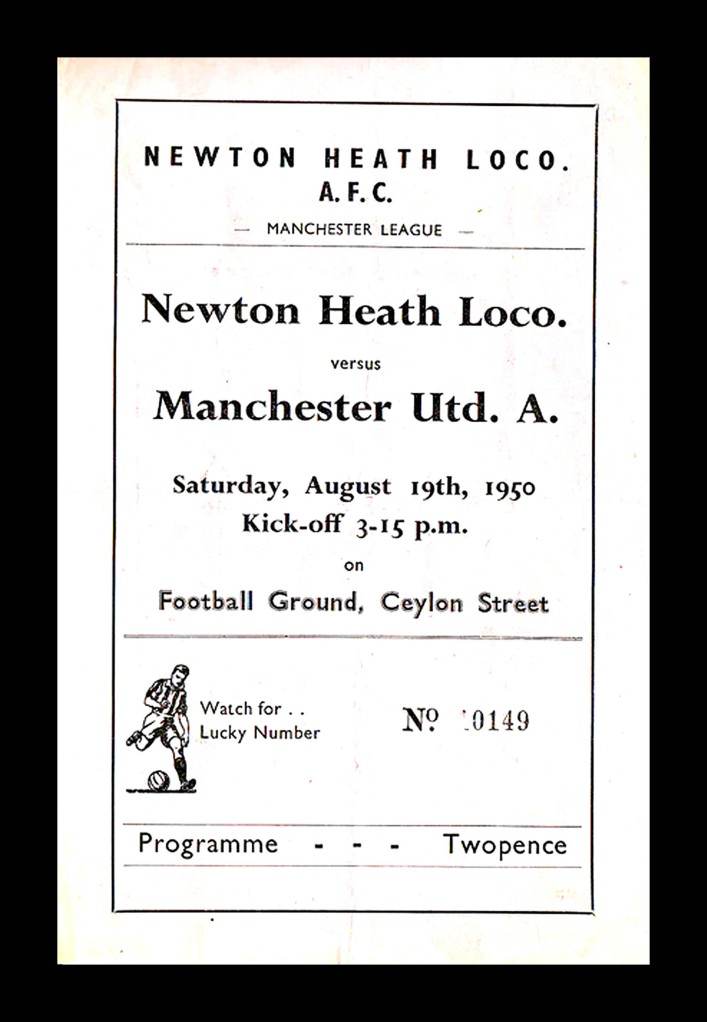In response to the tragic railway events in Switzerland, Paris and Galicia, Spain, I thought I would talk about trains in a positive light, since it is makes up both a lot of industrial archaeology in Britain and modern global heritage in general! They created entire towns and modelled entire physical and cultural landscapes, even today (no pun intended). Obviously I recommend a visit to the National Railway Museum at York, and also at Shildon at http://www.nrm.org.uk/. So, here are my facts:
1. There are hundreds of "heritage" lines around the world today; in Britain alone there are over 70 heritage lines (http://en.wikipedia.org/wiki/List_of_British_heritage_and_private_railways)! Most reuse old railway lines, like the Great Central railway, near Loughborough in Leicestershire, while others, like Beamish in county Durham, have sourced their buildings, railways and rolling stock (i.e. trains and carriages etc.) from elsewhere. Strictly speaking, the majority of heritage lines use trains that would have originally have not run on their previous owner's lines, so they respect the national heritage of railways, not just their local line (often trains were built to service just one company).

The Great Central Railway today (Steve Taylor)
2. The idea of a railway tunnel running under the sea has been around since the 19th century*, but the first (and thus far, only) one is the Eurotunnel. Nonetheless, that didn't stop people trying to cross by train; journeys were made between London and Paris from 1936, which involved a night train service from London, then the train going onto a special ferry, then arriving in the morning in Paris(NRM 1999)! A huge geological survey was completed after world war 2 to see how viable a service was, and construction was due to start in the 1970's, but as you may know, it wasn't fully built until the 1990's! A previou attempt was made in the 1880's from Britain, only to be stopped by the British government for fear of a military invasion utilising the tunnel (http://www.du.kent-history.co.uk/1/chun1881/chun1881.htm). This was a fear that continued right up until the 1950's (www.wikipedia.org )!

The first channel tunnel, from the 1880's (http://www.du.kent-history.co.uk/1/chun1881/chun1881.htm)
3. Back in the day, train companies would not just build rolling stock, and associated buildings, but also hotels and other buildings which could be used to tempt the passenger onto their line (NRM 1999); for example, the Royal Hotel in York, built by the North Eastern Railway company in the 1870's (http://www.gracesguide.co.uk/North_Eastern_Railway). In addition to this, whole towns were basically created out of the railways! Crewe Alexandria, for example, was a small village of 200 residents before the railways came in. At the height of the railway boom, it's population reached 18,000 residents, supporting a major railway workshop and even one of the churches there was built by the London Midland and Scotland Railway (NRM 1999)! Today, the Forth Bridge in Fife, Scotland, could become one of the first railway "monuments" to be given world heritage status (http://whc.unesco.org/en/tentativelists/5680/).

The Forth Bridge (http://www.excelsiorgroup.co.uk/blog/how-build-athlete-learning-construction)
4. With urban landscape permanently altered by the railways, it is not surprising to learn that the rural landscape also bears remnants of the Victorian age, particularly in Britain. Due to the Beeching report of 1963, a great number of lines and stations were closed for economic reasons, leading to a nu,ber of dismantled lines. Dismantled lines, like the Great Central line, which ran from London to Yorkshire and Liverpool to Grimsby, had a number of tunnels, viaducts and cuttings, (basically artificial and very large v-shaped ditches in the ground, often half a mile long at least, created so that the railways would be as smooth as possible), often left preserved after the railway's dismantlement, particularly when the Great Central ran into Northamptonshire and Warwickshire- there was a viaduct at Brackley, and remnants of another survive at Willougby, while a tunnel remains at Catesby, and a well preserved cutting can be seen on the Central Way footpath at Rugby (Hawkins 1991). County Durham, the birthplace of the railway, has a large number of dismantled railways (see one of my other articles for more information: http://archserve.blogspot.co.uk/2013/06/5-fun-facts-about-county-durham.html)
The viaduct at Willougby, Warwickshire; very elaborate given the size of the river Leam at this point (the viaduct was about 100m long, the river was about 2 metres wide at best)! (http://prints.leics.gov.uk/)
5. Did you know that Manchester United football club, can trace its foundation to the Lancashire and Yorkshire Railway (NRM)? This is because Manchester United was originally known as Newton Heath LYR (Lancashire and Yorkshire Railway), having been founded by the Lancashire and Yorkshire railway, for their carriages and Wagon department. Meanwhile, the LYR set up a football team for their locomotive department as well, the Newton Heath Locomotive (aka the Newton Heath Loco).

A programme cover for the match between the two sides, both of whom have their origins in the railways! (Historyme)
So as you can see, even train companies that have gone out of business are still having a global impact today! I've not even scraped the surface of railways and heritage...can you tell I'm a bit of railway enthusiast? More archaeology blogs in the next few days!
Also check out this blog! http://geologistinthedoctorwhoscarf.blogspot.co.uk/
References:
Hawkins, M., 1991, The Great Central: Then and Now, David and Charles, Newton Abbot
National Railway Museum (NRM), 1999, The Story of the Train, York
UNESCO, last updated 27/01/2012, Forth Bridge, last visited 29/07/2013
Wikipedia, last updated 2/07/2013, List of British Heritage and Private Railways, last accessed 29/07/2013
Appendix:
Image 1: Taylor, S., last updated 18/06/2013, GCR Photography Competition,. last visited 29/07/2013
Image 2: Kent History, last updated 2002?, Channel Tunnel 1881, last access 29/07/2013
Image 3:Excelsior, last updated 2010, How to Build an Athlete:Learning From Construction, last visited 29/07/2013
Image 4: Leicester County Council, last updated unknown, Willoughby Viaduct, last visited 29/07/2013
Image 5: Historyme, last updated 22/08/2011, Newton Heath Loco V Manchester United Programme Cover from 1950, last visited 29/07/2013

